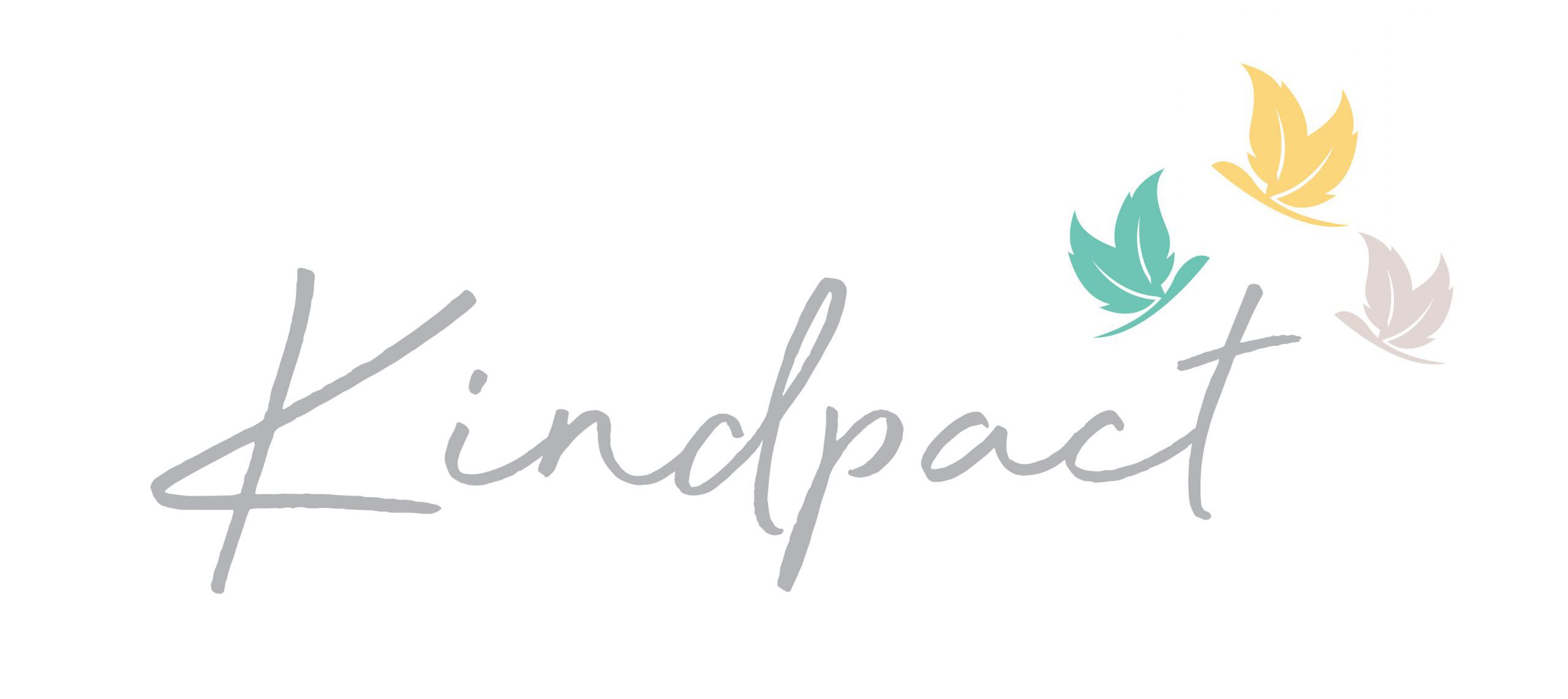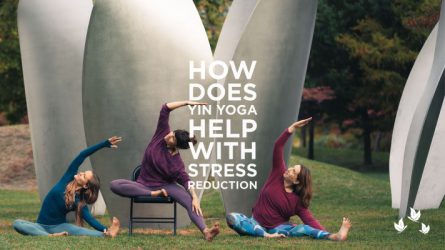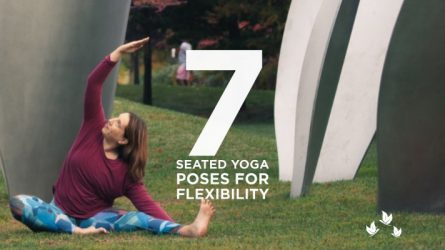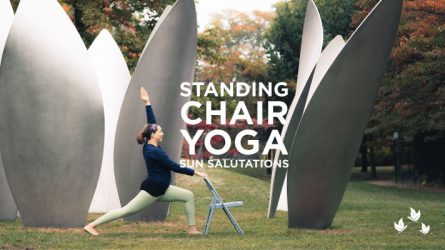When I took my first yoga teacher certification course, I was expecting to have some sort of dramatic experience. I heard stories of most students having emotional breakdowns and being pushed towards physical and mental exhaustion. Long unforgiving hours and getting to the “root of things”. I was excited to start the training but also suffering from dread and anxiety of these impossible postures that I still couldn’t get into.
Instead, I had a different experience with a focus on Ayurveda and yoga. We learned how to find balance in not only our asana practice and our day to day living. We focused on how to adapt postures to individuals versus learning the “perfect” expression of the posture. We practiced being compassionate to ourselves and taking care of ourselves before even starting with other people. It was not the sort of practice I was taught. Often I was in classes with teachers focused on getting perfect alignment sometimes even manipulating my body for me as if they knew my body better than me.
That training guided the rest of my experience as a teacher with classes being more focused on objectives and creating space for students to discover what was appropriate for them. There was no focus on levels of asana.
The word “level” never sat well with me to begin with. When I was taking ballet classes, we went from Level 1 to Level 2 as our bodies and form progressed. That makes sense in dance– a creative but intensely physical movement that relies heavily on posture. However, in yoga, unless the class is strictly asana with no attention towards the yamas, niyamas, or other limbs of yoga, it gives me an uneasy feeling. We have all met the other students or teachers in yoga classes, who could be great at holding a handstand or moving beautifully through a vinyasa but could not practice ahimsa towards others and likely themselves as well. I have subbed in for physically challenging classes listed as “advanced” but the students could not control their breath, grunting their way as if they would a HIIT class.
I am an advocate of objective-based classes– classes that identify the physicality and purpose of a class but does not place one class higher than the other. For example, classes for strength titled: Strong or Power make the message clear it is meant to build strength. For slower classes, Gentle, Stretch, Restore, Relaxation– send the message the class is meant to be slower. A little branding and creative thought can easily adjust some subtle messages we put out as instructors and business owners. However, while this all sounds easy enough the challenge for the instructor is that all classes become available to different physical abilities. The instructor will have to manage different modifications with postures simultaneously while still creating a safe environment for students.
While working with different abilities requires a little more planning and thought, it is certainly possible. Here are a few steps I have learned along the way to teach different abilities in a class.
1. Know the audience
Before teaching to any class, know the audience. Are the students generally young and active? Are there mainly seniors with some carrying certain physical challenges? Is it a mixed bag of abilities– if so what are they? Does the environment feel competitive? Knowing the audience in advance will help plan a well-rounded sequence. Planning for who is in the room will help identify what postures or transitions are able to be easily modified for whoever shows up to class. For example, teaching a strengthening class that holds plank for a minute may be suitable for the objective but the full posture may not be accessible for everyone. By knowing the audience in advance though, the instructor can plan for modifications as well as opportunities for rest and an opportunity to honor their body once their limit has been reached for the day. They may pursue other options by starting with a demonstration of plank with the knees on the floor. By knowing the audience, it allows space for the instructor to plan a class that will meet the objectives for the individuals in the room.
2. Learn the modifications for that sequence
Once a class is thoroughly planned for the students showing up, learning the modifications for different abilities will help everyone feel welcomed wherever their practice is at. For instance, if the class has a mixed range of ages with the likelihood of senior with arthritis, plan to have props or language available to allow support for the knees when holding quadruped postures for longer periods of time. If there will be pregnant women in the room, learn the modifications for postures with contraindications. Whatever modifications or props used, incorporate these modifications during the instruction. Normalize it. Allow students to feel that it must be okay to do these modifications because the teacher is pointing it out automatically.
3. Keep the same sequence
Learning to teach to different abilities at the same time can be a challenge, especially for new instructors. To make teaching easier, start with the same sequence until the process becomes easier. Often there is an urge to do different classes so students do not get bored. However, there is also something to be said for familiarity. Start by feeling comfortable teaching a really well-balanced sequence along with the cues for various students’ abilities until it becomes second nature and then slowly incorporate changes to the sequence.
4. Teach off the mat
Teaching off the mat, not demonstrating, the pose is key. This is challenging initially, especially if the class has beginners, in which case demonstrating will still be necessary. However, there is no need to demonstrate the postures 100% of the time. Teachers can either start the students in the pose and break away to watch students or demonstrate on one side or not the other. Teaching off the mat allows teachers to observe if more modifications are needed or not needed for the students.
5. Encourage students to practice pratyahara
One of the challenges that occur with different abilities in the class is that students may see many variations of postures that they cannot do. While we can tell students multiple times to keep their eyes on their mat, they usually cannot help but let their eyes veer off to the student holding a full bird of paradise. Encourage pratyahara by guiding them into their own practice. Using guidance or cues such as “Close the eyes and notice where you feel this in the body” or “Keeping the gaze forward, tune back into Ujjayi breath”
As instructors, by learning how to teach to different abilities in a class, we can create welcoming environments that help decrease the barriers of putting one class over the other. We can create a space for students to focus in on their own practice versus “leveling up”.
If you’re a yoga instructor and interested in learning more about teaching to different abilities, contact us to learn more about our upcoming trainings.



